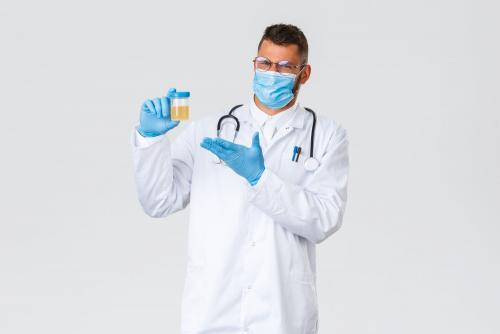Understanding DOT Drug Testing Requirements for Truck Drivers

The Department of Transportation (DOT) mandates stringent drug testing procedures for truck drivers and other safety-sensitive transportation employees to ensure safety and compliance with federal regulations.
Here’s a detailed look at the substances tested, the frequency of testing, and the specific DOT regulations governing these requirements.
Substances Tested Under DOT Regulations
The DOT follows guidelines set by the Substance Abuse and Mental Health Services Administration (SAMHSA), testing for the following substances:
- Marijuana (THC)
- Cocaine
- Opiates (including heroin, codeine, and morphine)
- Amphetamines (including methamphetamine and MDMA)
- Phencyclidine (PCP)
These substances are selected based on their potential to impair a driver's ability to operate a vehicle safely. Testing for these drugs is conducted through urine samples, which are analyzed for the presence of these drugs or their metabolites.
Frequency of Testing
DOT drug testing occurs in several scenarios:
- Pre-Employment: Before hiring a new driver, employers must conduct a drug test and receive a negative result.
- Random Testing: Throughout the year, truck drivers are randomly selected for unannounced testing. The DOT sets minimum percentages of drivers that must be tested annually; currently, this is 50% for drug testing.
- Reasonable Suspicion: If a trained supervisor suspects drug use based on observable signs and behaviors, a driver must undergo testing.
- Post-Accident: If a truck driver is involved in an accident meeting certain criteria (e.g., fatalities, citations for moving violations), testing is required.
- Return-to-Duty and Follow-Up: If a driver has violated drug regulations, they must be tested upon returning to driving duties and undergo follow-up testing as directed by a Substance Abuse Professional (SAP).
Specific DOT Regulations
The regulations governing drug testing for truck drivers are primarily found in 49 CFR Part 382, titled "Controlled Substances and Alcohol Use and Testing." These regulations are applicable to drivers who operate commercial motor vehicles (CMVs) requiring a Commercial Driver’s License (CDL). Key aspects include:
- Who Must Comply: All CDL drivers who operate CMVs on public roads in the U.S. are subject to these regulations.
- Testing Procedures: The regulations specify how to conduct tests, handle test results, and ensure privacy and accuracy in testing. The DOT mandates the use of certified laboratories and adherence to specific procedural protocols.
- Employer Responsibilities: Employers are required to implement drug testing programs, maintain records, and provide necessary training and resources for supervisors. They must also ensure compliance with follow-up testing for drivers who return to duty after a failed or refused drug test.
- Driver Responsibilities: Drivers must comply with testing requests, avoid substance use, and inform their employer of any drug use or dependence issues. Non-compliance can result in disqualification from driving, required evaluation and treatment, and other penalties.
Conclusion
The DOT's drug testing requirements are a critical component of regulatory efforts to ensure the safety of the transportation industry. By maintaining a drug-free environment, these regulations help safeguard the health and safety of truck drivers and the public at large. Compliance not only minimizes the risk of accidents but also aligns with legal standards, protecting drivers and companies from potential liabilities and fines.




Comments